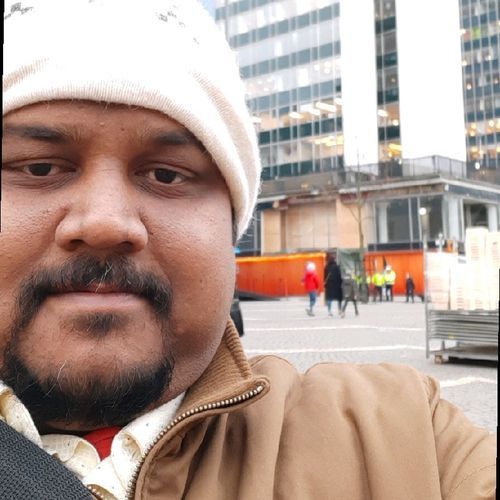Learn everything you need to know to ace your Full Stack Development interview from FAANG+ engineers. This course has been meticulously curated by experts to help you put your best foot forward.


Covering data structures, algorithms, interview-relevant topics, and career coaching
Technical coaching, homework assistance, solutions discussion, and individual session
Constructive, structured, and actionable insights for improved interview performance
Constructive, structured, and actionable insights for improved interview performance
Resume building, LinkedIn profile optimization, personal branding, and live behavioral workshops
If you do well in our course but still don't land a domain-relevant job within the post-program support period, we'll refund 50% of the tuition you paid for the course.*
Do you dream of becoming a full stack engineer, but are unsure on where to begin? You have come to the right place. Our full stack developer training course will teach you everything you need to know. You will begin by learning the basics of Java programming, and by the time you graduate, you’ll be confident in conducting real-life full stack projects with both front-end and back-end components. Read More
But that’s not all. After finishing the course, you’ll get help with interview preparation. Here we familiarize you with the structure of a full stack engineer interview, teaching you both high-level and low-level system design so you can confidently give the interviews and land your dream role at top-tier tech companies.
In today’s competitive market, hunting jobs in full stack engineering domain can be both daunting and overwhelming. And when your search leads you into the industry of full stack engineering, that process is much more intense. The best way to ensure you leave a lasting impression throughout the hiring process? Through good preparation and that’s where we come in. When you enroll in our course, you’ll get access to:
In-depth training
Our full stack developer course is best suited for those who are relatively new to full stack development. If you are looking to begin developing your skills from scratch, you’ll benefit from enrolling in our course. We provide in-depth training over a period of 35 weeks that teaches you basic data structures, developer essentials, back-end development, front-end development and much more.
Expert instructors
Our course is designed and taught by FAANG experts who know exactly what it is like to be in your position; aspiring to work at a top tier company, and give you the tools that you need to make that dream a reality. You will learn all of the essential skills that you need to thrive at interview and throughout your career.
Mock interviews
Once your skills have progressed and you begin to apply for full stack developer roles, you can practice with our mock interviews. You will access real-life simulated environments with Silicon Valley engineers, ensuring that you head into your dream role feeling both confident and ready.
Our experts at Interview Kickstart have first-hand experience in both starting and progressing their career in full stack engineering and are here to guide you through the process. Kickstart your career the easy way by enrolling in our full stack developer online training course. In as little as 7 hours per week, you will learn everything that you need to know to stand out at a FAANG or other Tier-1 company interview.
Are you ready to learn more about our courses? Take the first step today by signing up for our free webinar. There has never been a better time to start building the career you aspire to have. We look forward to hearing from you soon. Read Less




Placed at:






What does a Full Stack engineer/developer do?
What skills are needed to be successful in the Full Stack domain?
Does Full Stack include DevOps?
Is Full Stack Development considered same as Software Engineering?
Why are companies looking for Full Stack developers?

The 11 Neural “Power Patterns” For Solving Any FAANG Interview Problem 12.5X Faster Than 99.8% OF Applicants
The 2 “Magic Questions” That Reveal Whether You’re Good Enough To Receive A Lucrative Big Tech Offer
The “Instant Income Multiplier” That 2-3X’s Your Current Tech Salary

The 11 Neural “Power Patterns” For Solving Any FAANG Interview Problem 12.5X Faster Than 99.8% OF Applicants
The 2 “Magic Questions” That Reveal Whether You’re Good Enough To Receive A Lucrative Big Tech Offer
The “Instant Income Multiplier” That 2-3X’s Your Current Tech Salary
Just drop your name and email so we can send your Power Patterns PDF straight to your inbox. No Spam!
By sharing your contact details, you agree to our privacy policy.
Time Zone: Asia/Dhaka

We’ve sent the Power Patterns PDF to your inbox — it should arrive in the next 30 seconds.
📩 Can’t find it? Check your promotions or spam folder — and mark us as safe so you don’t miss future insights.
We’re hosting a private session where FAANG insiders walk through how they actually use these Power Patterns to crack interviews — and what sets top performers apart.
🎯 If you liked the PDF, you’ll love what we’re sharing next.
Time Zone: